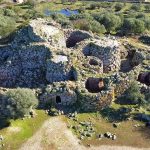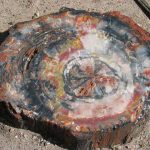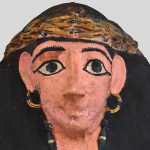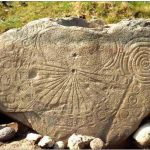The “Tollund Man” is a 𝘳𝘦𝘮𝘢𝘳𝘬𝘢𝘣𝘭𝘺 well-preserved 2,400-year-old
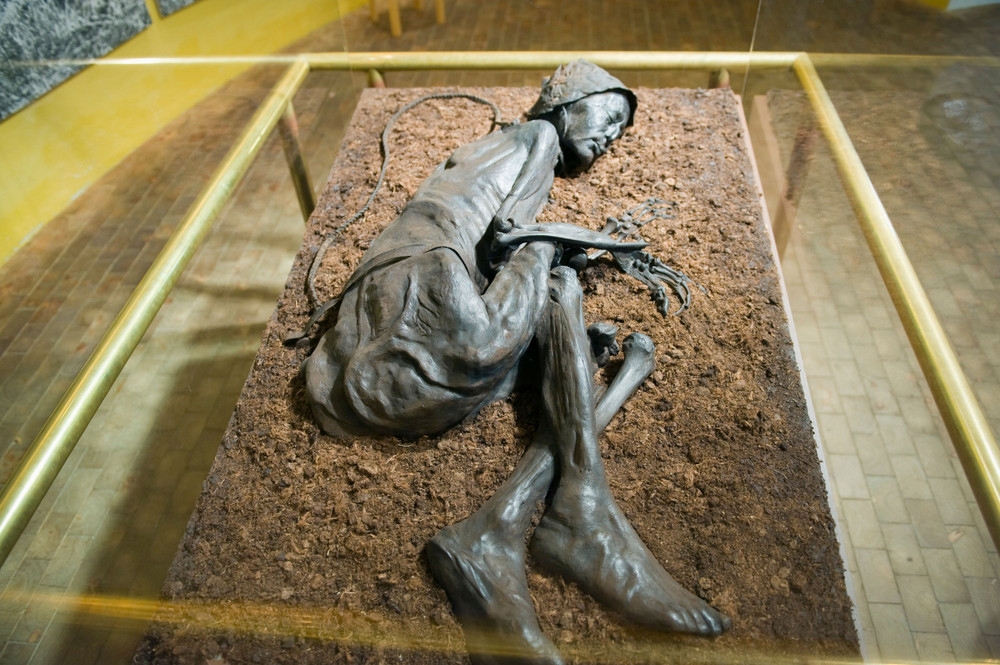
Lead researcher Nina Nielsen, an archaeologist and head of research at the Silkeborg Museum in Denmark, stated:
“We have been able to reconstruct Tollund Man’s last meal in incredible detail. It’s quite fascinating, because it brings us very close to what actually happened 2,400 years ago.”
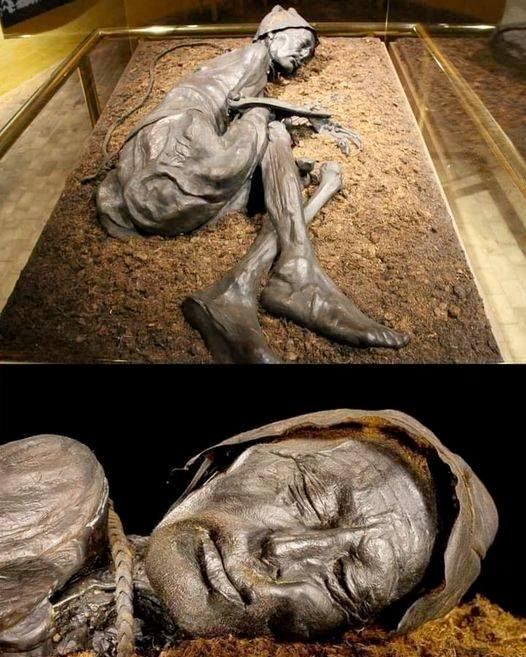
The remains of this ancient man were discovered in 1950 by a family near the village of Tollund while they were digging for fuel in a peat bog. His body—and the rope tied around his neck—were so well-preserved that the family thought he was a recent murder victim.

Tollund Man lived long ago, and the oxygen-deprived environment of the peat bog preserved his remains. Over the years, studies have shown that he died between 405 and 380 BC, during the early Iron Age in Denmark, and that he was likely a human sacrifice, aged between 30 and 40. According to the researchers, Tollund Man was hanged and laid in a sleeping position in a peat pit—a “most unusual treatment.”
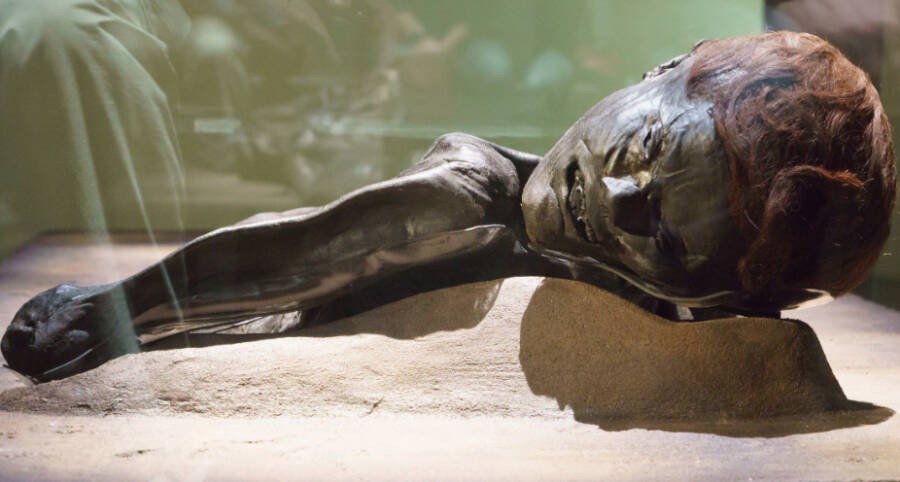
A 1951 study of his intestines revealed that his last meal was porridge. However, gut analysis techniques have improved since then, prompting a new team of researchers to reexamine Tollund Man.
The Last Meal
By analyzing a section of his large intestine that had been previously removed and preserved, the research team found that the 1951 study was largely accurate but had missed several details—including the exact proportions of his meal’s ingredients.
The new analysis showed that, by weight, the porridge was composed of 85% barley, 9% wild plants, and 5% flax (Linum usitatissimum). The remaining 1% included a variety of seeds, such as those from corn spurrey (Spergula arvensis), gold-of-pleasure (Camelina sativa), and three types of wetland plants: marsh willowherb (Epilobium palustre), soft rush (Juncus conglomeratus/effusus), and marsh violet (Viola palustris). Pollen from barley, grasses, and other dry-land plants was also found.
The researchers noted:
“Barley and flax grow in different seasons, so the seeds of the pale wild plants may have been harvested together with the barley crop.”
Aside from the fish, these were the foods Tollund Man consumed, and their approximate proportions:
Barley
Fatty fish
Flax
Black seaweed
Sand
Gold-of-pleasure
Fat hen (Chenopodium album)
Corn spurrey
Nettle
Corn spurrey again
Normally, when farmers clean and sieve grain, tiny weed seeds—like those of the pale wild plants—would be discarded, said Nielsen. But in Tollund Man’s case, this residue, including tiny charcoal fragments, burnt food crusts (indicating the porridge was cooked in a clay pot), and sand, appears to have been deliberately added—possibly as part of a ritual.
A chemical and protein analysis revealed that Tollund Man consumed a fatty fish along with his porridge 12 to 24 hours before his death. While fish were part of the Iron Age diet in Denmark, they were not a major component. Additional tests showed the presence of parasite eggs, which Tollund Man may have contracted from eating raw or undercooked meat or from drinking contaminated water.
A Ritual Death
The exact circumstances of Tollund Man’s death remain a mystery, but his final meal provides important clues.
“Our understanding is that Tollund Man was ritually sacrificed,” said Nielsen. “In the Iron Age, wetlands were commonly used for ritual activities.”
A previous analysis showed that although Tollund Man likely died from asphyxiation, his neck was not broken. It’s possible that certain rituals took place before his hanging—including the consumption of his final meal.
This research “expands our knowledge of diet and meal preparation in Denmark’s Iron Age,” said Albert Zink, head of the Institute for Mummy Studies at Eurac Research in Bolzano, Italy, who has conducted similar “last meal” research on Ötzi the Iceman, who lived about 5,300 years ago in the Alps.


